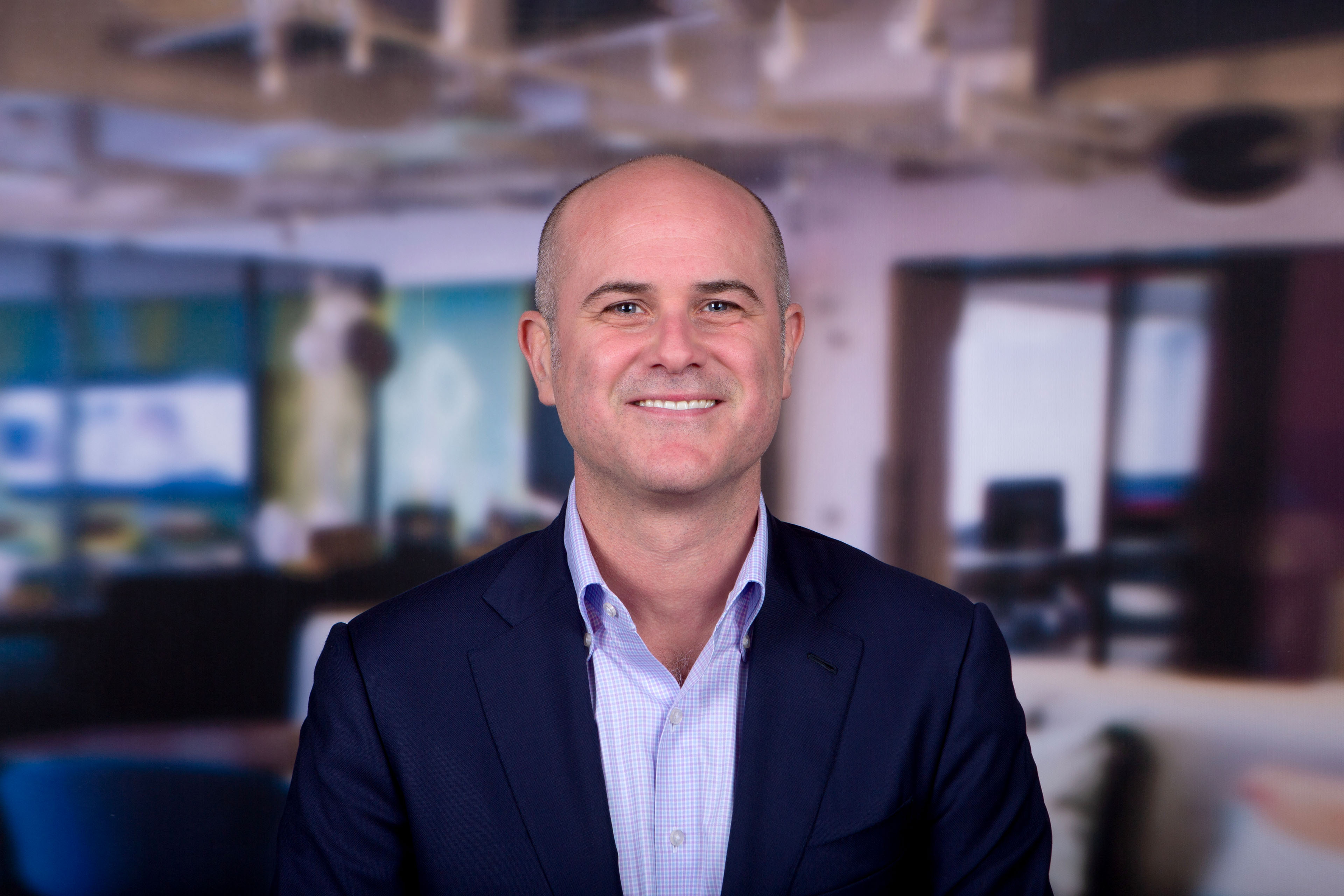EY refers to the global organization, and may refer to one or more, of the member firms of Ernst & Young Global Limited, each of which is a separate legal entity. Ernst & Young Global Limited, a UK company limited by guarantee, does not provide services to clients.
Insurance industry
We help property and casualty and life insurers navigate disruption, manage regulatory change and integrate technology to transform and achieve growth.
- Articles
- Consulting case studies
Our latest thinking on the insurance industry
AI and compliance analytics: driving value for insurance carriers
An EY survey shows how insurance compliance risk analytics and AI can drive value for insurance firms. Learn more.
Why the NAIC’s new principles-based bond guidance is a strategic shift
New principles-based bond guidance from the NAIC revises bond accounting and classification to align with the substance of the instrument. Read on to learn more.
6 ways claims industry can mitigate social inflation
Verdicts and settlement amounts are becoming more unpredictable and difficult to evaluate, requiring new approaches. Read more.
How growth leaders approach marketing
Unlocking hyper-growth: how tech-savvy B2B2C CMOs transform demand generation with data-driven strategies and collaboration. Learn more.
How to revolutionize the insurance value chain with generative AI
Prioritizing the right use cases and establishing key capabilities will promote innovation and efficiency across the value chain. Learn more.
Protected retirement income solutions: What plan sponsors need to know about a new generation of offerings. Learn more
Empowering actuaries with low-code/no-code solutions for innovation
Low-code/no-code platforms are revolutionizing actuarial work by optimizing efficiency, governance, communication and innovation. Learn more
How cloud computing transforms actuarial modeling infrastructure
The rising importance of cloud computing in actuarial modeling infrastructure amidst new accounting and regulatory changes.
How increased trust and transparency can unlock growth
Explore the EY Global Insurance Industry Outlook. Learn more.
Why financial institutions should transform tax and finance functions
EY research shows banks, asset managers and insurance companies are reimagining their tax and finance functions. Read more.
How insurers can build the right approach for generative AI
Insurers will need to adopt a governance model and risk management strategy. Read more.
Five areas where insurance CROs can provide strategic leadership
The inaugural EY/IIF insurance risk management survey shows how CROs are strengthening core capabilities and serving as strategic advisors. Learn more.
Four hurdles insurers can navigate to improve user experience
Why it’s time to improve user experience in insurance. Learn more.
Explore our case studies related to the Insurance Industry
How an insurance business digitally transformed in under a year
An MGA achieved an end-to-end digital transformation in just 10 months by implementing an innovative modular technology platform. Read our case study.
Enriching financial crimes compliance for insurance clients
We introduced automation in an insurance client’s monitoring to improve risk coverage and ultimately cut compliance costs. Learn more in this case study.
What the future holds for insurance
Top executives provided insights on workforce challenges, changes in technology, innovation and how to quickly adapt to the changing market.



























